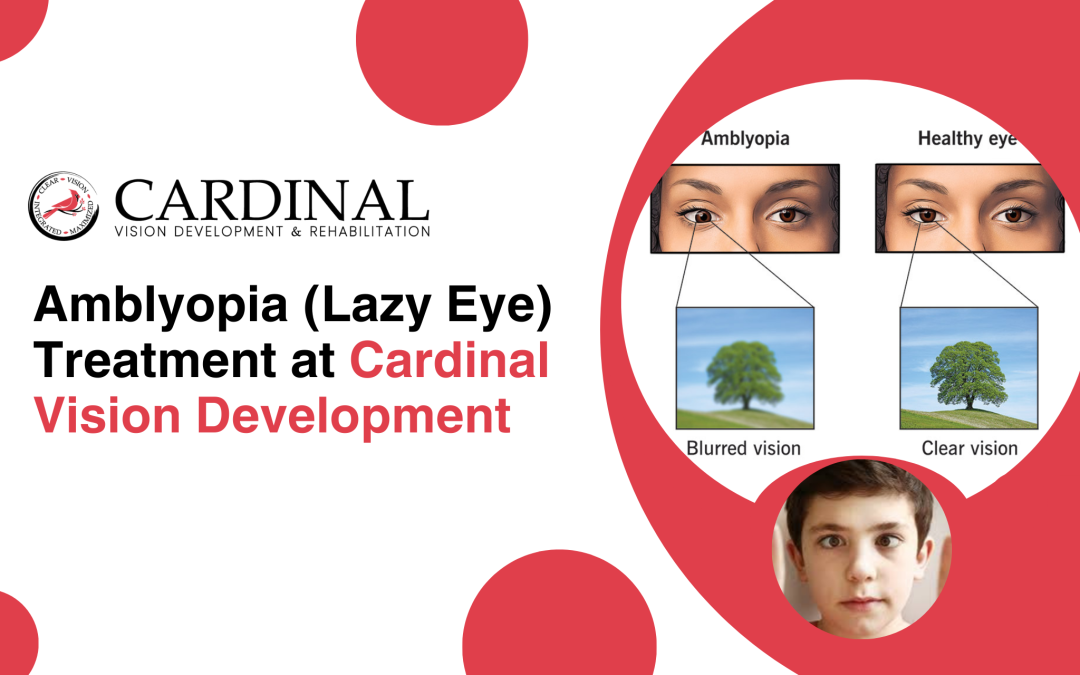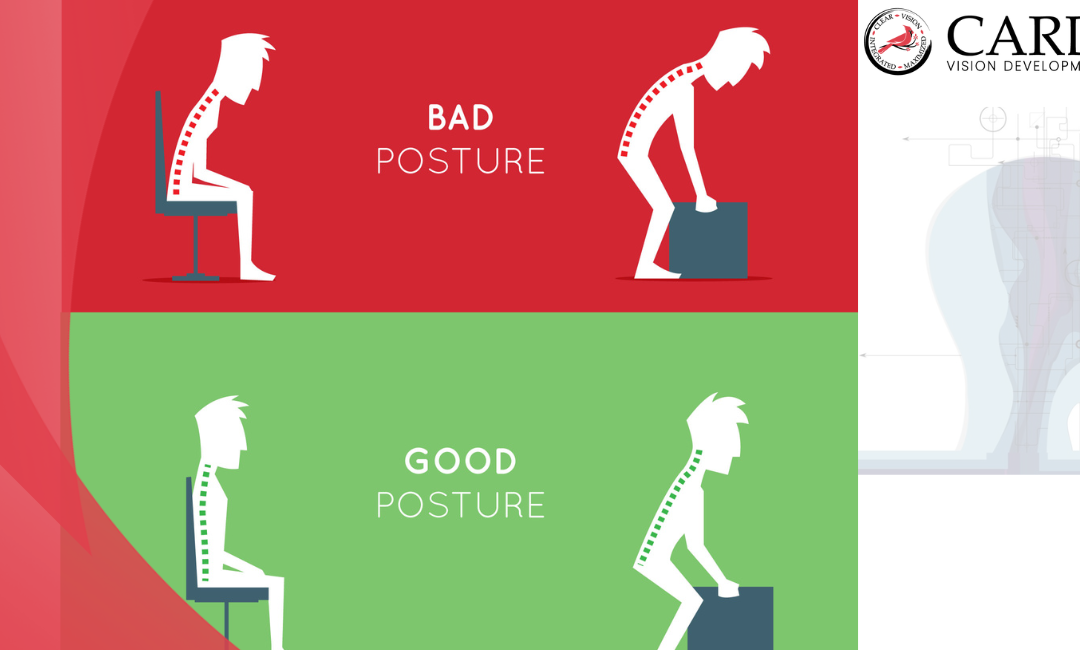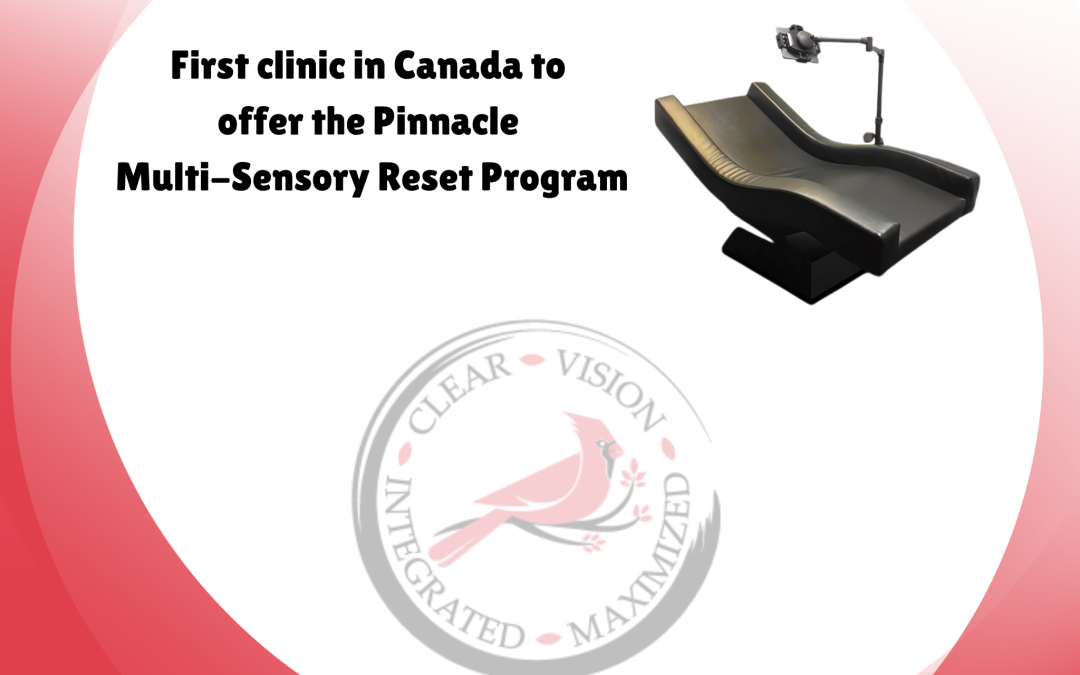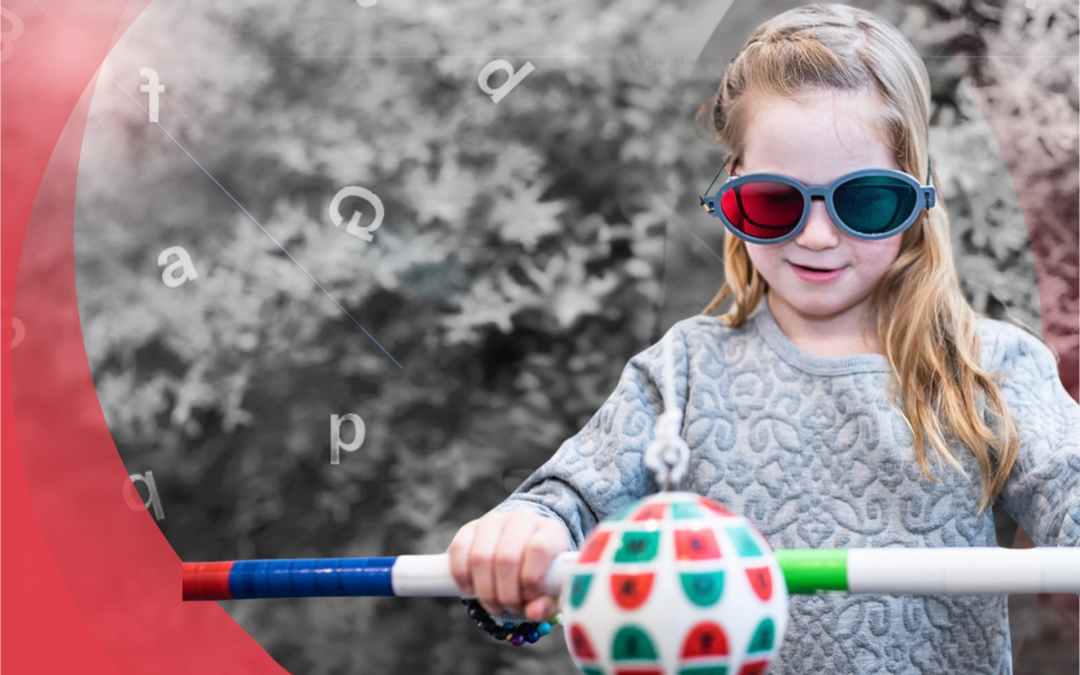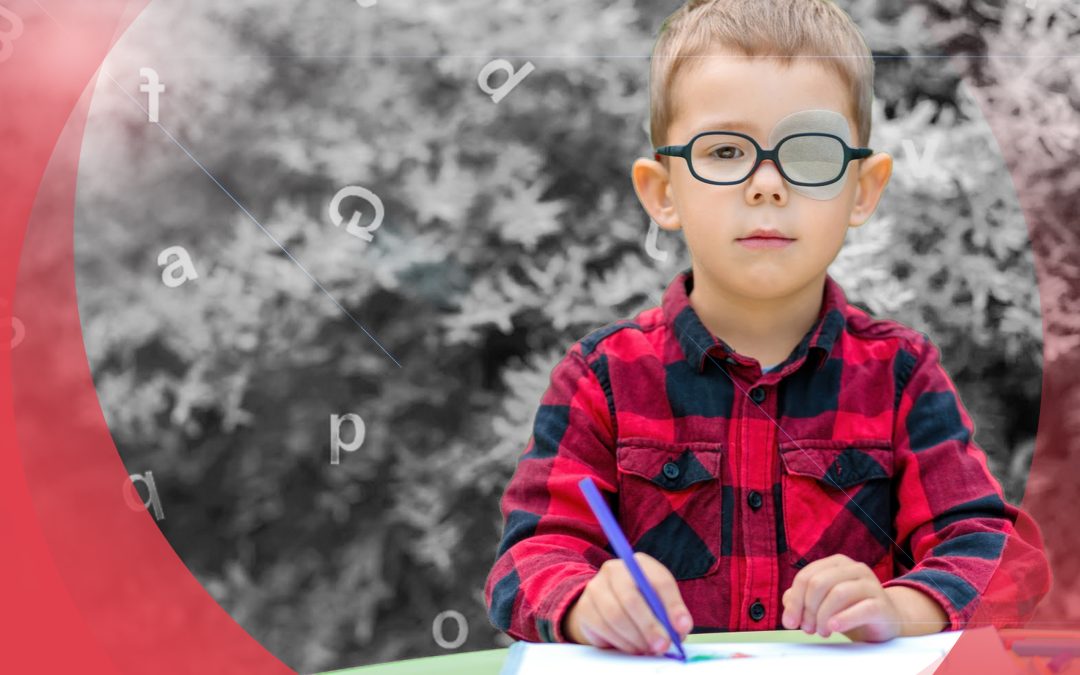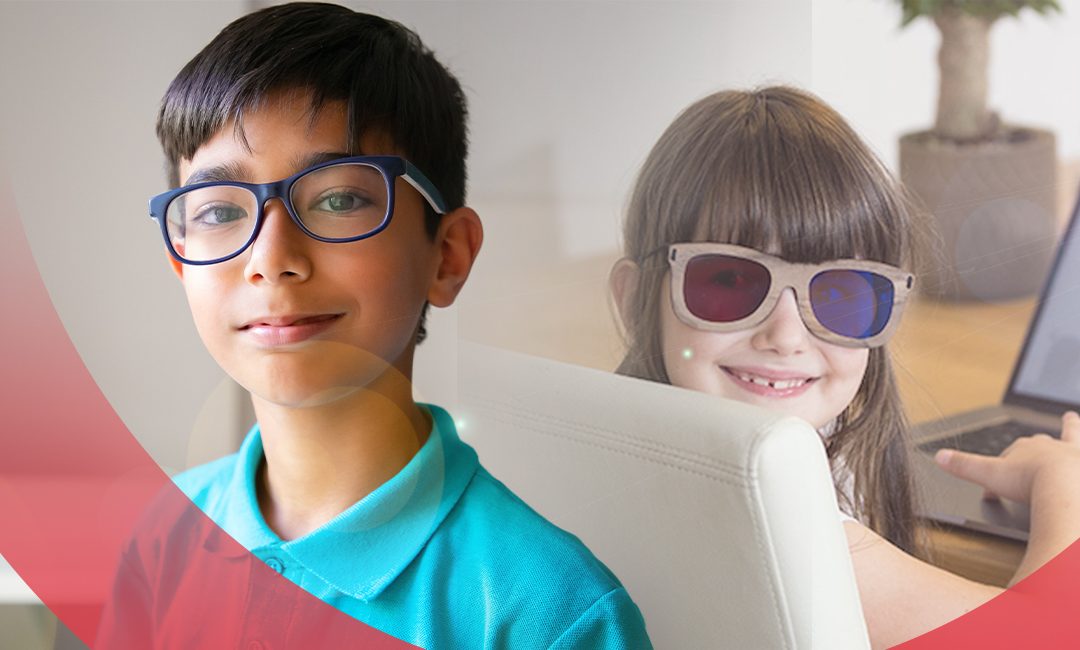Visual Skills in Learning: How Vision Affects Reading & Development
In my last blog, I touched a little on visual skills in learning, reading, and overall learning development. Did you know that there are 17 visual skills involved in learning?
Some of these include:
- Eye tracking – The eyes following the words on the page.
- Eye teaming – The eyes aligning on the same word at the same time.
- Eye focusing – Keeping the words clear.
- Visual processing – Includes visual memory for word recognition and directionality for letter reversals.
The Link Between Vision and Learning
According to a January 2020 Review of Optometry article, “New Thinking on Binocular Vision Problems”, these statistics are quite revealing:
- 49% of children and adolescents experience Convergence Insufficiency (difficulty aligning their eyes on the page) after a concussion.
- 9.8% of children with Convergence Insufficiency had a diagnosis of ADHD.
- 15.9% of children diagnosed with ADHD also had Convergence Insufficiency.
A study from Harvard Medical School found that 80% of children with Dyslexia also had visual processing deficits, many of which can be improved with Vision Therapy.
Additionally, research from the Waterloo School of Optometry studied 121 elementary school children with reading difficulties and found:
- 35% had poor focusing skills, making it difficult to keep words clear.
- Many also had tracking issues and Convergence Insufficiency, making reading even more challenging.
What This Means for Children & Adults Struggling with Reading
When someone—whether a child or an adult—struggles with reading, visual skills in learning should be considered. The first step is an annual eye examination with an optometrist to rule out any underlying eye health issues or prescription needs.
The next step is a Binocular Vision Evaluation, which assesses eye tracking, focusing, and teaming skills essential for reading, sports, and daily tasks. Research shows that remediating these visual skills often leads to a reduction in ADHD symptoms and decreased frustration with schoolwork.
By addressing these challenges, children can experience a smoother learning process, leading to a more positive home and school environment for parents, teachers, and students alike.

